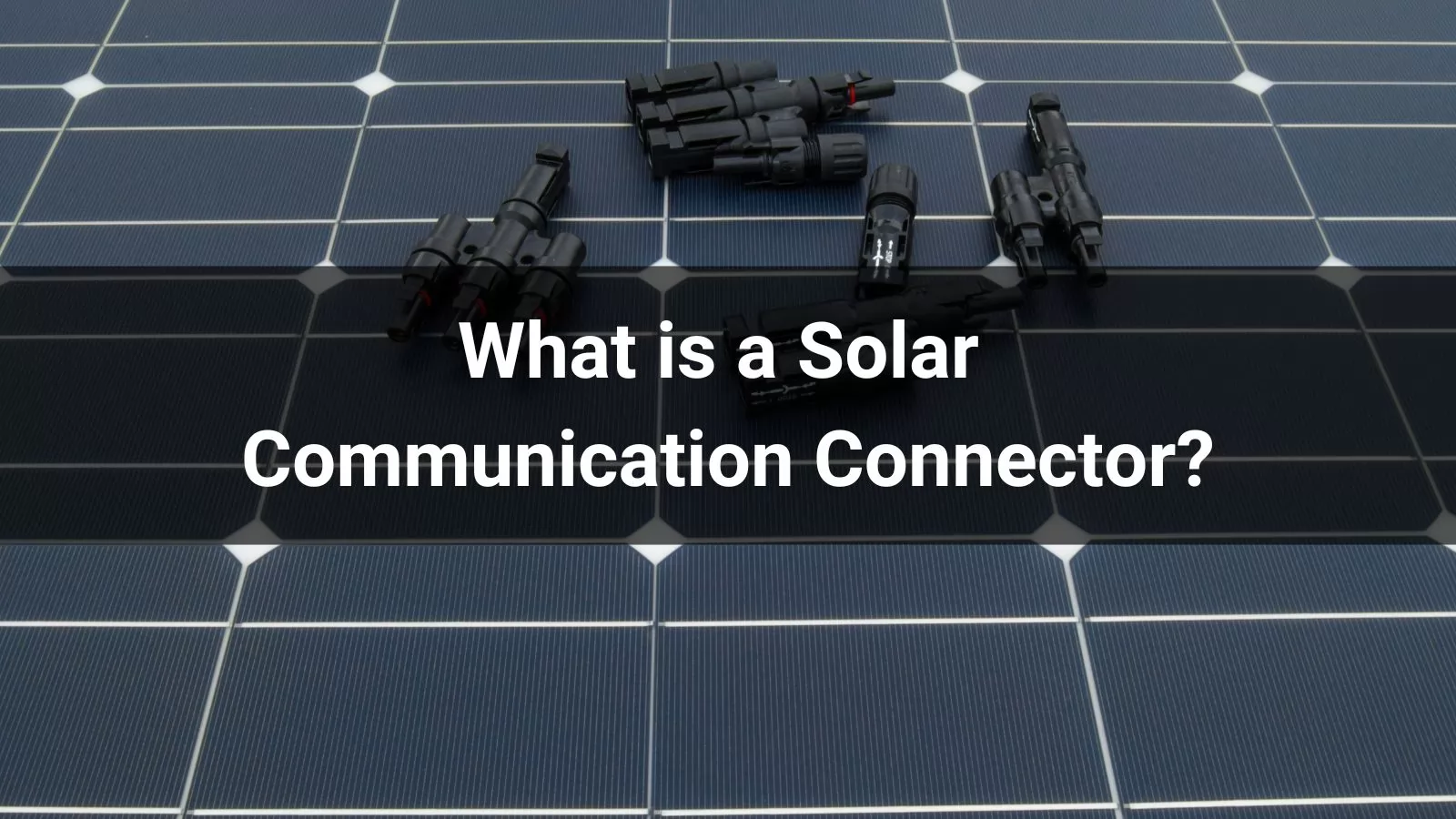
Solar energy is taking the world by storm, transforming the way we power homes, businesses, and even entire cities. While most of the attention is placed on solar panels and inverters, there's one critical component that often flies under the radar: the solar communication connector. These connectors might seem small, but they play an essential role in ensuring the efficiency and communication of solar systems. As a manufacturer of high-quality solar communication connectors, it’s vital that we understand how these connectors work, the different types available, and why they’re so important to your solar installation.
So, what exactly is a solar communication connector, and why should you care? Let’s dive into the world of solar connectors and explore how they’re quietly powering our energy future.
What is Solar Communication Connector
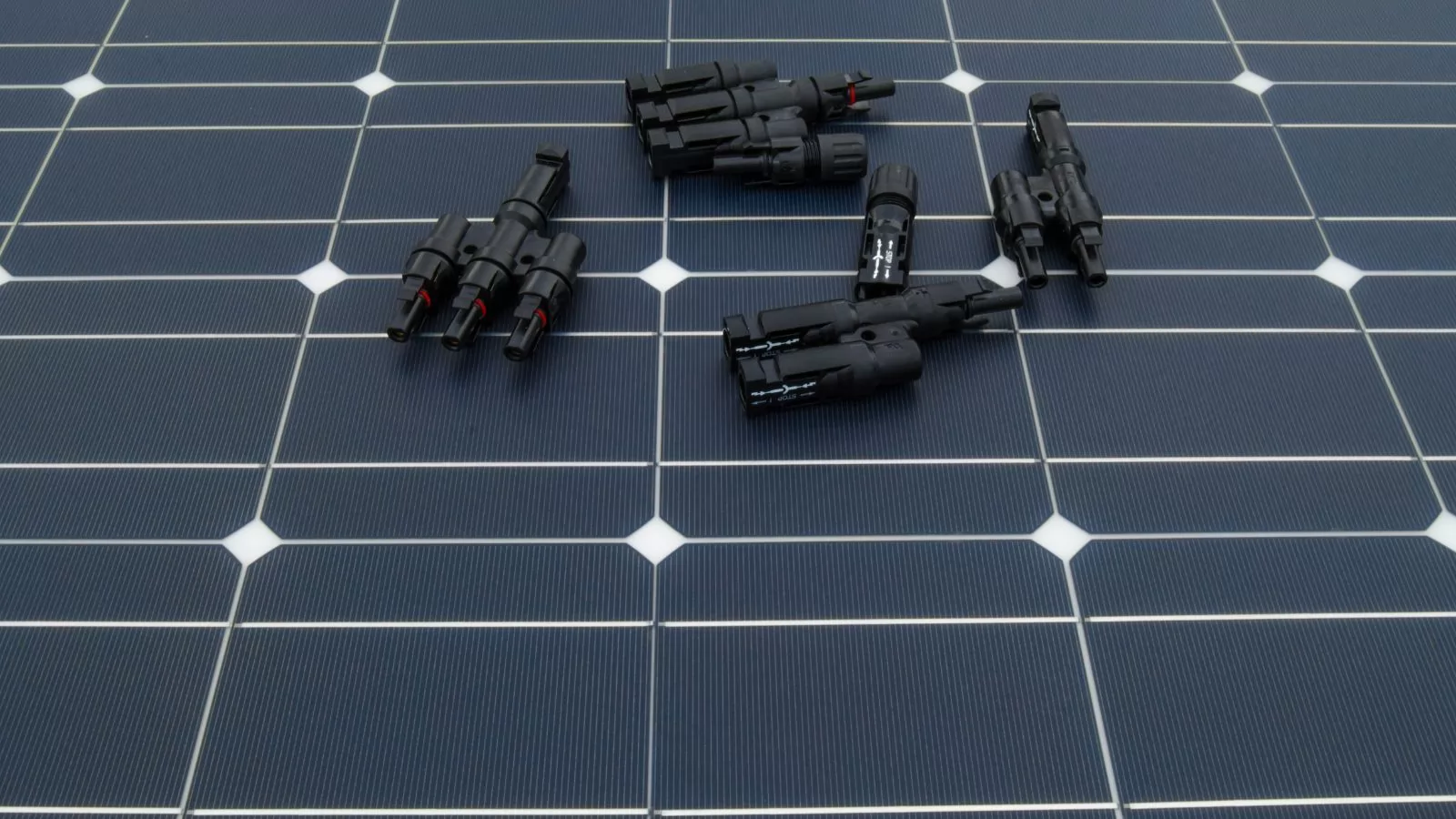
A solar communication connector serves as the critical link between the various components of a solar energy system, allowing them to communicate with one another. In large solar power setups, it’s not just about generating energy; it’s also about monitoring and controlling that energy effectively. This is where solar communication connectors come into play. They ensure that data transfer and electrical signals between different components, such as solar inverters, monitoring systems, and controllers, are seamless and reliable.
Imagine it like the wiring in a computer or a mobile phone — without connectors, the hardware wouldn’t be able to "talk" to each other. Similarly, solar systems need these connectors to ensure that everything is working in harmony. In essence, solar communication connectors serve as the nervous system of your solar array, making sure the brain (controller) knows what’s going on with the body (panels, inverters, and batteries).
The Feature types of Handa Solar Communication Connector
Solar RJ45 Connector
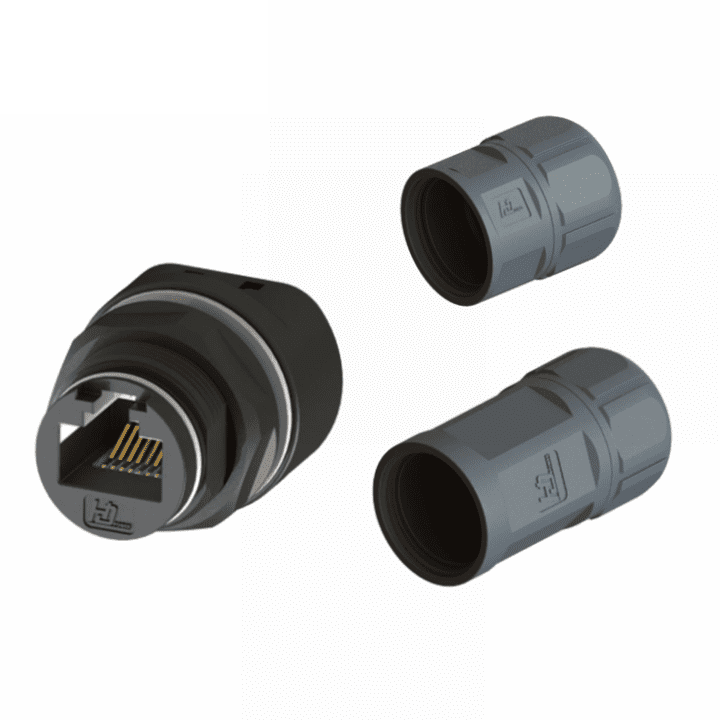
Technical Data
|
Basic Requirements |
8PIN |
|
Rated Voltage |
150V DC |
|
Rated Impulse Voltage |
1000V DC |
|
Rated Current |
5A |
|
Insulation Resistance |
≥500MΩ |
|
Contact Resistance |
≤20mΩ |
Handa HD RJ45 Nectwork Connector is optional and is only used when a network cable is required to connect the network, so that customers can connect the network cable from the outside of the inverter or battery directly without having to open the wiring box. Dissemble the socket part of HD RJ45 connector,install the socket on the inverter or battery, universal PCS, then connect the socket and the network port of the device with a network cable. Disassemble the plug part of RJ45 connector, please install the network cable into the plug part and tighten it. Connect the plug part to the socket part, and then finally tighten it to fix it.
M25 USB 2.0 Connector
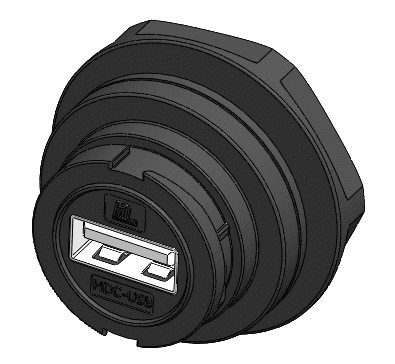
Technical Data
|
Rated Voltage |
30V DC |
|
Rated Impulse Voltage |
100V AC |
|
Rated Current |
1.5A |
|
Wet Insulation Resistance |
≥100MΩ,@500V DC |
|
Contact Resistance |
≤2mΩ |
Handa HD brand USB 2.0 Network Connector are applicable to data transmission with quickly plug, fast transfer rate and strongly extensibility for Inverter, battery COM port. IP68 higher waterproof protection level, and socket side 4pin cables can be customized based on specific requirements. what's more the 4pins cable is quick plug-in type, separately 2 parts from Panel USB connectors (while other suppliers soldering the cables into the connectors), HD USB connectors is easily to replace the cable without unlocking the USB connector itself. Solid connections system also can provide the solutions for data transmission in harsh environments
13-16 UNF USB 2.0 Connector
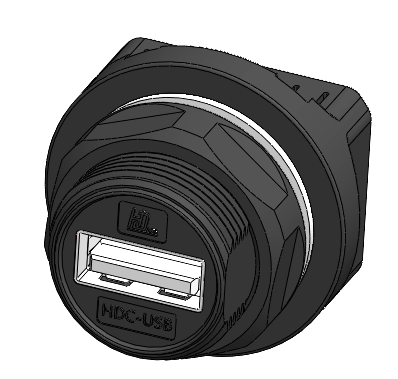
Technical Data
|
Rated Voltage |
30V DC |
|
Rated Impulse Voltage |
100V AC |
|
Rated Current |
1.5A |
|
Wet Insulation Resistance |
≥100MΩ,@500V DC |
|
Contact Resistance |
≤30mΩ |
Handa HD brand 13-16 UNF USB 2.0 Network Connector is within 13/16-28UNS hexagon nut, are applicable to data transmission with quickly plug, fast transfer rate and strongly extensibility for Inverter, battery COM port.
IP68 higher waterproof protection level, and socket side 4pin cables can be customized based on specific requirements. what's more the 4pins cable is quick plug-in type, separately 2 parts from Panel USB connectors (while other suppliers soldering the cables into the connectors), HD USB connectors is easily to replace the cable without unlocking the USB connector itself.
Solid connections system also can provide the solutions for data transmission in harsh environments
Solar 8Pin Communication Connector
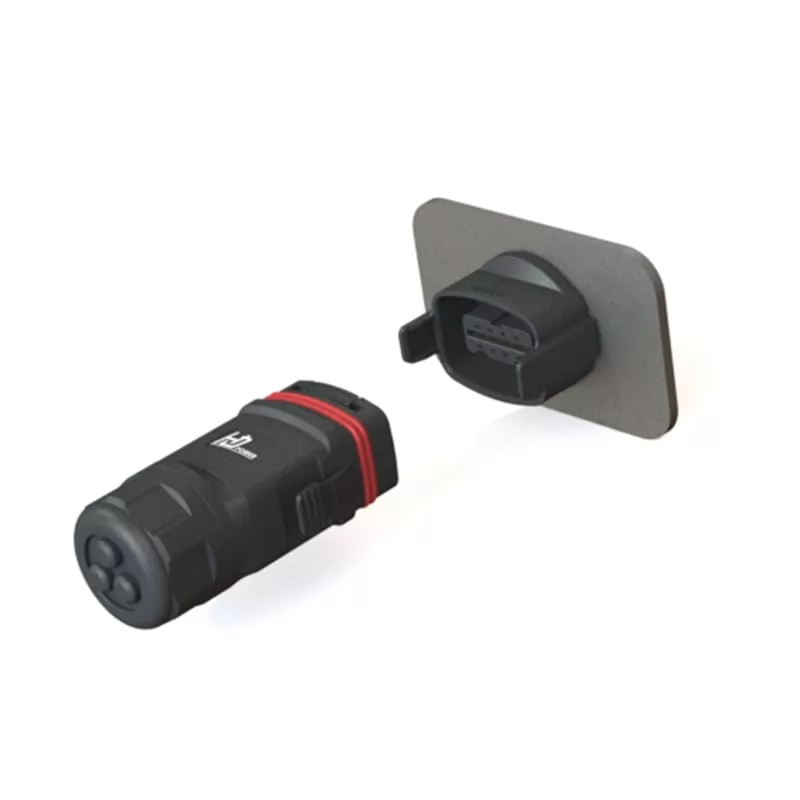
Technical Data
|
Basic Requirements |
8PIN |
|
Rated Voltage |
150V DC |
|
Rated Impulse Voltage |
1000V DC |
|
Rated Current |
5A |
|
Insulation Resistance |
≥500MΩ |
|
Contact Resistance |
≤20mΩ |
Handa HD brand Network 8Pin Communication Connector is 8pin wifi nectwork for Inverter and battery COM port.Its communication signal can be transmitted to both control center and Users' APP in order to detect and check the working condition of the photovoltaic system in real time. IP68 higher waterproof protection level, and socket side 8pin cables can be customized based on specific requirements. Solid connections system also can provide the solutions for data transmission in harsh environments
Why Are Connectors Important For Solar Panels?
Now that we’ve covered some of the key types of solar communication connectors, let’s discuss why these tiny devices are so important for the overall performance of solar panels. Solar panels generate power, but without proper communication systems in place, it’s difficult to monitor, control, or optimize energy output. Here’s why connectors are a vital part of any solar energy setup:
1. Data Transfer and Monitoring
One of the primary functions of a solar communication connector is to facilitate the flow of data between various components. Without this communication, you wouldn’t be able to track performance, diagnose issues, or make adjustments to optimize efficiency. These connectors allow systems to report real-time data on energy production, storage levels, and overall performance. Without them, you’d be flying blind.
2. Reliability and Safety
Communication connectors also play a critical role in ensuring that your solar system operates reliably and safely. Poorly connected systems can result in incomplete data, inaccurate monitoring, or even system failures. Reliable connectors are essential for maintaining the integrity of the data stream and ensuring that your solar system works as intended.
3. Weatherproofing and Durability
Solar energy systems are exposed to the elements year-round, and the connectors used must be able to withstand extreme conditions. Handa’s solar communication connectors are designed to be weatherproof, ensuring that no moisture, dirt, or debris can compromise the connection. This enhances the longevity of your system and reduces the risk of downtime due to faulty communication.
4. Ease of Installation
Another important factor is the ease of installation. Solar systems are often complex, and making sure that all components are connected properly can be challenging. Handa's connectors are designed for quick and simple installation, ensuring that your solar communication system is up and running in no time, saving both labor and time costs.
How to connect solar connector wires
Installing solar connectors isn’t as intimidating as it sounds. In fact, with the right tools and knowledge, anyone with a bit of electrical experience can do it. Here’s a quick guide to installing solar communication connectors like a pro:
Step 1: Gather Your Tools
Before you start, ensure you have all the necessary tools:
-
Wire stripper
-
Crimping tool
-
Solar connectors (MC4, RJ45, or the type required for your system)
Step 2: Strip the Wires
Strip about 5/8 inch (16 mm) of insulation from the end of each wire. Be careful not to damage the wire strands.
Step 3: Attach the Connectors
Once the wires are stripped, insert them into the connector and use the crimping tool to secure them. Make sure the connection is firm but not overly tight, which could damage the wire.
Step 4: Test the Connection
After crimping, test the connection to make sure it's secure. Gently tug on the wires to confirm that they are firmly in place and that the communication pathway is operational.
Step 5: Seal the Connection
For outdoor installations, ensure the connectors are sealed properly to prevent water, dust, or debris from entering the connection point. Use waterproof seals or enclosures if necessary.
Frequently Asked Questions
1. Q:Can I use regular electrical connectors for solar communication?
A:No, regular electrical connectors aren’t designed to handle the high data rates and weather conditions involved in solar installations. Always use specialized solar communication connectors for safety and reliability.
2. Q:How often should I check my solar connectors?
A:It’s a good idea to inspect your solar connectors at least once a year. Look for any signs of wear or corrosion that could impact performance.
3. Q:What happens if a connector fails?
A:If a connector fails, the affected part of the system may stop transmitting data, potentially leading to reduced efficiency or even system failure. It’s important to replace faulty connectors as soon as possible.
Conclusion
In the world of solar energy, solar communication connectors are the unsung heroes, quietly ensuring that data flows smoothly and systems run efficiently. Whether you're setting up a small residential system or a massive solar farm, choosing the right connectors is crucial. From MC4 communication connectors to fiber optic solutions, each type has its own unique advantages and uses.
At Handa, we specialize in manufacturing top-of-the-line solar communication connectors designed to meet the needs of various solar energy systems. Our products offer durability, reliability, and ease of installation, making us the go-to choice for solar installers worldwide.
Invest in the right connectors today to keep your solar system running at peak performance for years to come.
.png)

.png)


.png)
.png)
.png)
.png)








